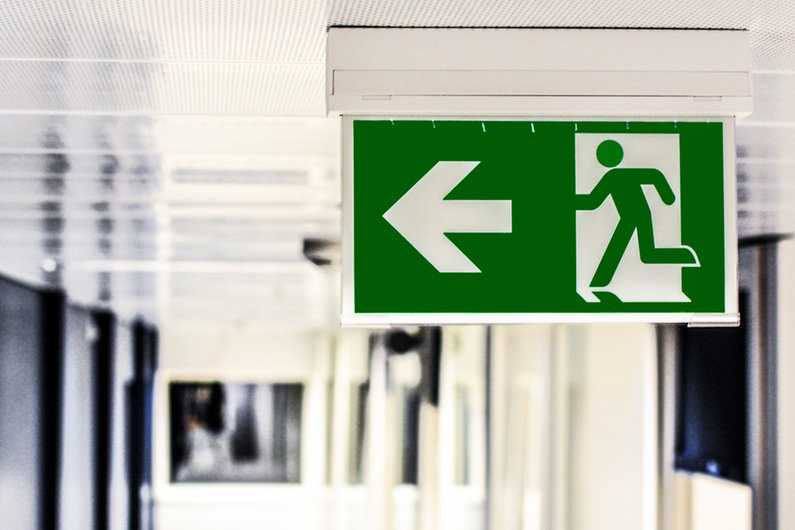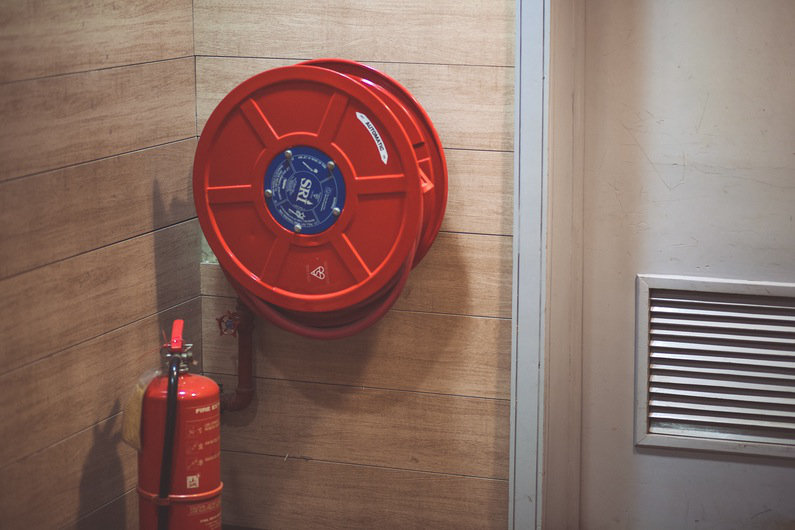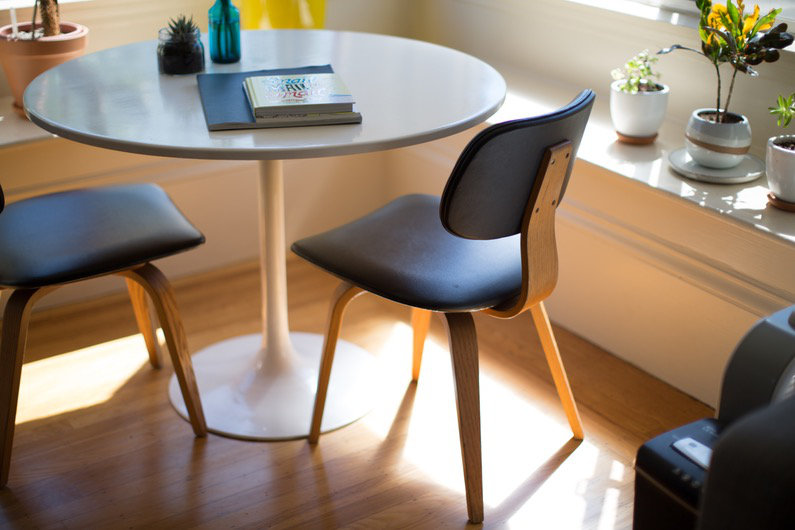If you’ve just started your business, you’ll need to take on responsibility for health and safety in the workplace. You’ll be amazed to learn that there could actually be hundreds of hidden risks in a perfectly ordinary-looking office space, and it’s your job to reduce or eliminate these dangers.

To help you to start thinking about your health and safety responsibilities, here are just a handful of the safety considerations for an average office:
1. The dangers of clutter
Clutter and disorganisation can cause lots of problems in an office. It can be a fire risk and can potentially cause trips, falls and other injuries.
2. Ergonomic desk setup
Your employees could experience problems such as back pain, eye strain, repetitive strain injury and carpal tunnel if their desks aren’t set up propeo.li. This means looking at everything from chair support to the distance of the mouse and keyboard from the computer and the user.
3. Fire safety

There are lots of fire safety considerations in an office, from signage, fire extinguishers, assembly points and escape routes to fire drills, smoke detectors and alarms.
4. First aid training
You need to have a trained first aider on the premises at all times. This means training other staff in case your designated first aider is ill or on annual leave.
5. Accident reporting
Every office needs an accident book, where details of even the most minor of incidents are recorded. This is the procedure that every responsible business should follow.
6. Employee needs
Some employees have different needs to others, such as those with disabilities. You need to take these needs into account and consider issues such as access to the building, desk setup and other needs.
7. Flooring condition
Something as simple as a tear in a carpet can cause a very serious fall. You need to keep all décor, furniture and flooring in a good state of repair in order to prevent accidents.
8. Cleanliness – especially in communal spaces

Employees have the right to work in a clean, hygienic environment. This means regularly cleaning all work and communal spaces such as kitchens, bathrooms and break rooms. You can also provide workers with wipes with which to clean their computer screens and desks when required.
9. Maintenance of electrical equipment
Faulty electrical equipment such as computers, printers, photocopiers, heaters and even desk lamps can be a serious risk to safety. They can cause electric shocks or even start fires.
10. Training for equipment use
Whatever equipment you expect your workers to use, you need to ensure they are properly trained to use it safely. For example, if you ask an employee to use a guillotine to trim some documents, you need to train them to use it without injuring themselves.
If you have a question about health and safety in the workplace or you’re ever unsure of your responsibilities, you should always consult an expert for accurate health and safety advice.


